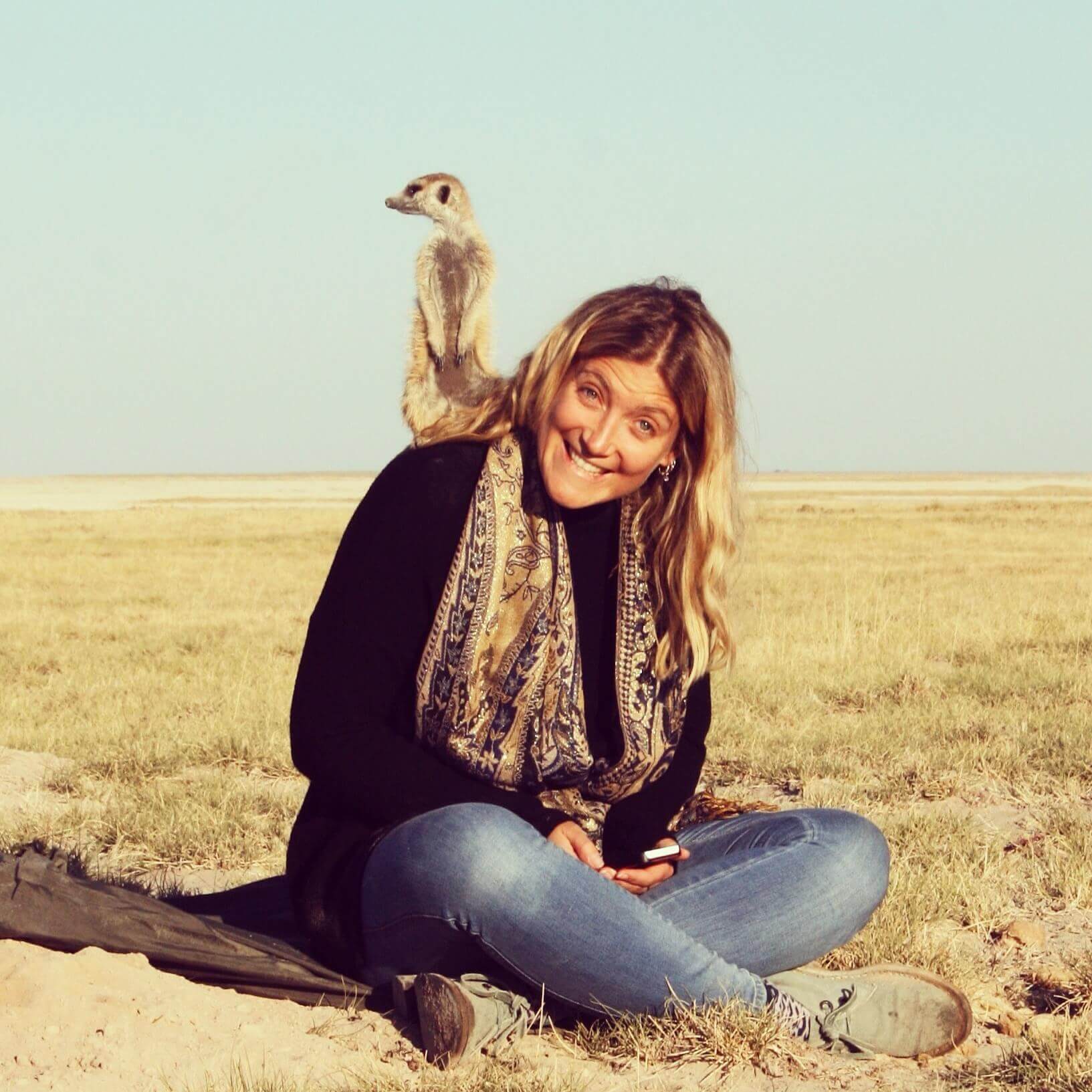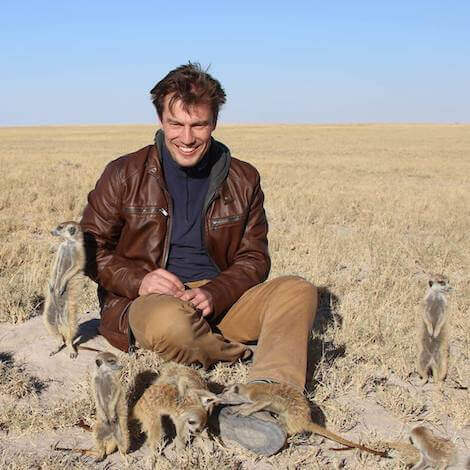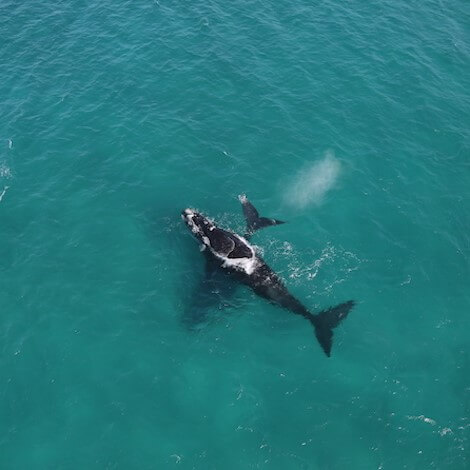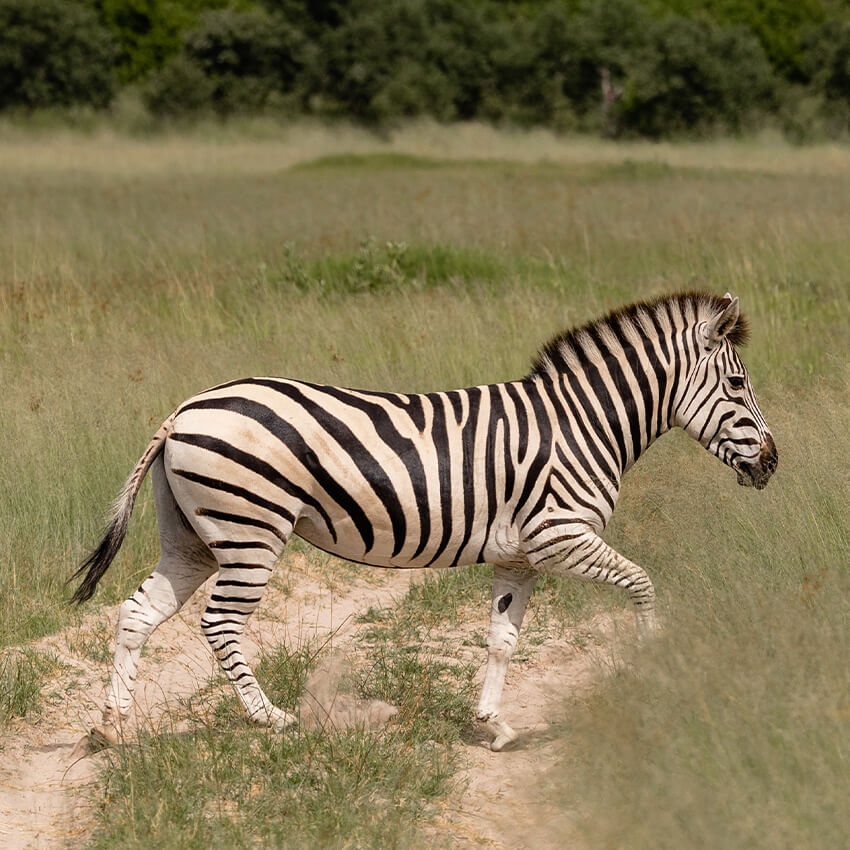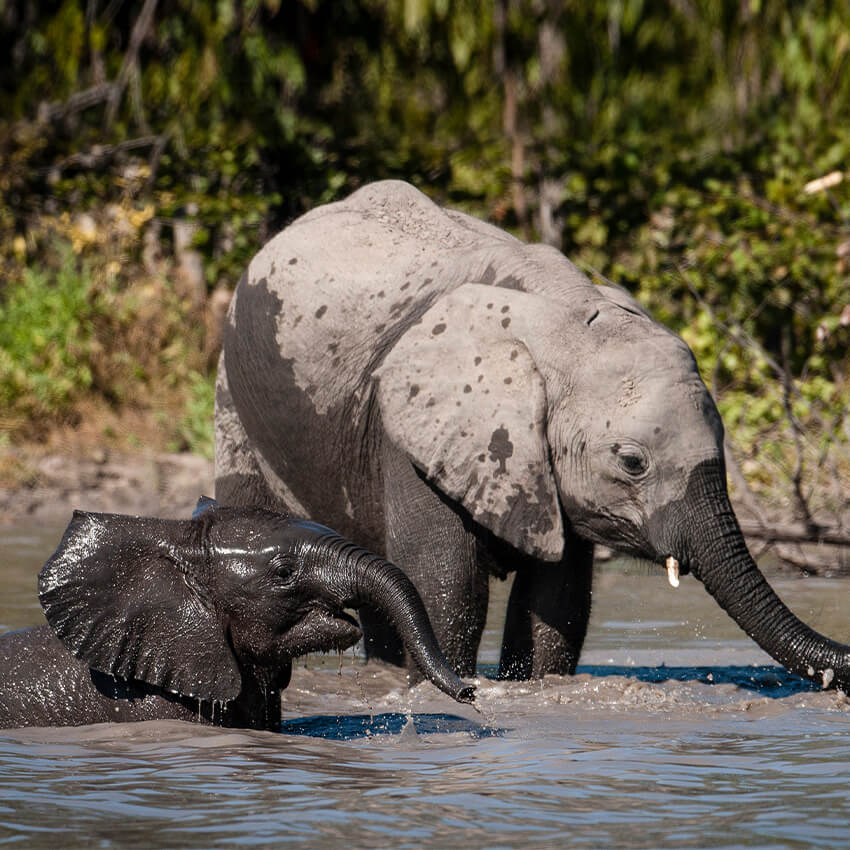Active
Popular
Humans and Wildlife – Can We All Get Along?
 Natural Selection
Natural Selection
 November 12, 2018
November 12, 2018
This month, the conservation world observes a week of awareness about Human-Animal Relationships (November 13th-19th). This complex relationship is central to conservation efforts in southern Africa, as organizations work with local communities to ensure the survival of wildlife species as the human population continues to grow.
Survival of the Fittest, Strongest, and Hungriest
Interaction between humans and animals form a fundamental part of the history of human evolution. We have reached the top of the food chain simply because we were the best at surviving the great competition of the species, and at vying for the best habitat and resources: we homo sapiens are the undisputed winners. There has been a conflict between humans and wildlife as far back in time as you can go, and various species have become extinct as a result of this conflict. So: what causes this conflict, and can it be managed? Is it even possible for humans and wildlife to co-exist in harmony?
Tensions Brewing
Humans and animals come up against each other in a multitude of different ways, often leading to a conflict that generally results in the humans attempting to destroy the animals in question. This happens when humans feel threatened by wildlife, either because of physical safety, livelihood, property or otherwise. When humans and animals live very close to one another, the risk of this conflict is greater – attacks on humans by animals, destruction of crops and of property are all likely to cause wider problems that ultimately worsen the relationship between humans and wildlife. The extreme of this would be the extinction of a species.
Conflict in Southern Africa
Botswana has the largest population of elephants in Africa (approximately 134,000). These great behemoths are symbolic of the vast wilderness of this part of southern Africa, but only 20-30% of them live in areas where they are completely protected from humans. These hungry giants need a lot of food, and when they venture onto farmland and destroy crops, they are understandably unpopular with local farmers. In Namibia, conflict between humans and lions as well as elephants has escalated in recent years, resulting in the Namibian National Policy on Human Wildlife Conflict, which proposes to reduce incidents to fewer than 1000 per year by 2021.
Spicy Fences and Luxury Lodges
The Northern Botswana Human Wildlife Coexistence Project has worked with communities to try numerous methods of keeping elephants away from crops, including erecting chilli pepper or bee-hive fences which have proved effective in keeping the elephants away. Some farmers have even resorted to planting fast-maturing seeds, which can be harvested quickly, ahead of the arrival of the migrating herds. Another way of encouraging locals to live in harmony with the wildlife in places like Botswana is to create job opportunities outside of the agricultural industry. For small-scale farmers, the employment prospects provided by the tourism sector are attractive alternatives, and many of the lodges in Botswana and Namibia offer people the chance to make a living that allows them to exist happily alongside animals without resentment and conflict.
References
- ‘5 Things You May Not Know About Human-Wildlife Conflict in Botswana’, A conversation with Claudia Sobrevila, senior environmentalist specialist at The World Bank.
- ‘Human-Wildlife Conflict and Coexistence’, Annual Review of Environment and Resources, Vol. 41:143-171, November 2016.
- ‘Namibia Hopes for 80% Drop in Human-Wildlife Conflict’, Africa Geographic, 2017.
Special Offers
Our special offers are designed to help you experience everything southern Africa has to offer whilst also saving some all-important pennies. Whether you’re about to embark on a once-in-a-lifetime solo trip, or are celebrating a special occasion, have a peek at our offers and see what could be in store for you.
















